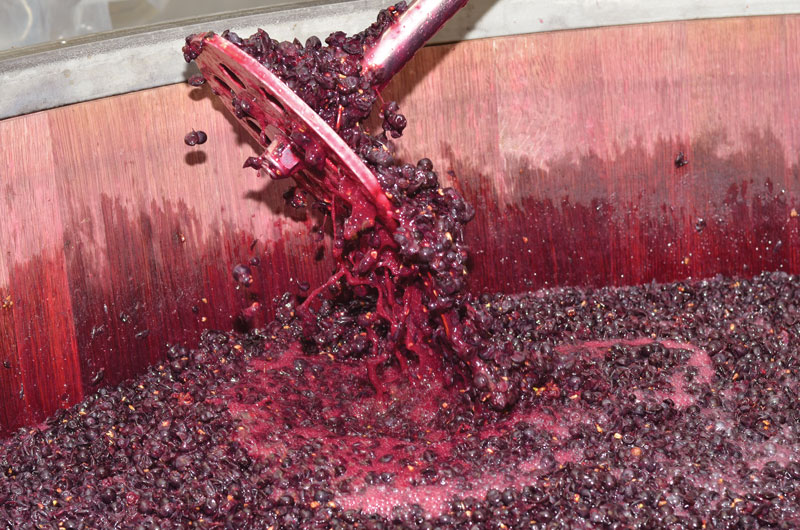Congrats on crafting a bold Bordeaux-style blend with strong aroma and flavor! That’s no easy feat, especially when you’re juggling the powerful personalities of grapes like Cabernet Sauvignon, Merlot, Malbec, and Petit Verdot. It sounds like you’ve got a lot going right, but I understand your concern about the high tannin level and whether time in the bottle will mellow things out.
The short answer is yes. Tannins do soften with age, but how quickly that happens depends on a few things. Wine is always evolving in the bottle, and during aging tannins begin to polymerize. These longer-chain tannin molecules feel smoother on the palate than the shorter, grippy ones found in young reds. Over time, some of these polymers get large enough to fall out of solution entirely (that’s the sediment you’ll often see in older reds).
But how long will that take? With a full-bodied Bordeaux-style blend, you’re often looking at 3–5 years in bottle before the more assertive tannins really start to integrate. If you’re a year in, you’ve probably noticed some small changes, but depending on your blend’s structure, you might need a few more years before it hits that sweet spot of roundness and approachability. One thing you may try is moving a couple of bottles from the cellar into the house and comparing in a few months as the warmer temperature may accelerate the process.
That said, there are things you can do in future vintages to help tame tannins before the wine ever hits the bottle. Be sure to read my response to Chuck from Wisconsin, who’s working with a red wine that also takes a long time to open up. Like Chuck, you might want to revisit your maceration strategy. Try shortening skin contact time, especially after the primary fermentation is complete, where elevated alcohol levels can start to extract harsh seed tannins.
Fining is another useful tool. Gentle protein fining, such as with egg whites or potato protein, can bind with tannins and naturally reduce astringency. It’s often used in young Cabernet blends and can shorten the “decanting window” for the finished wine. If you haven’t bottled this vintage yet you might try a small fining trial “on the bench” (using small, measured samples of the wine) to see if it takes the edge off.




